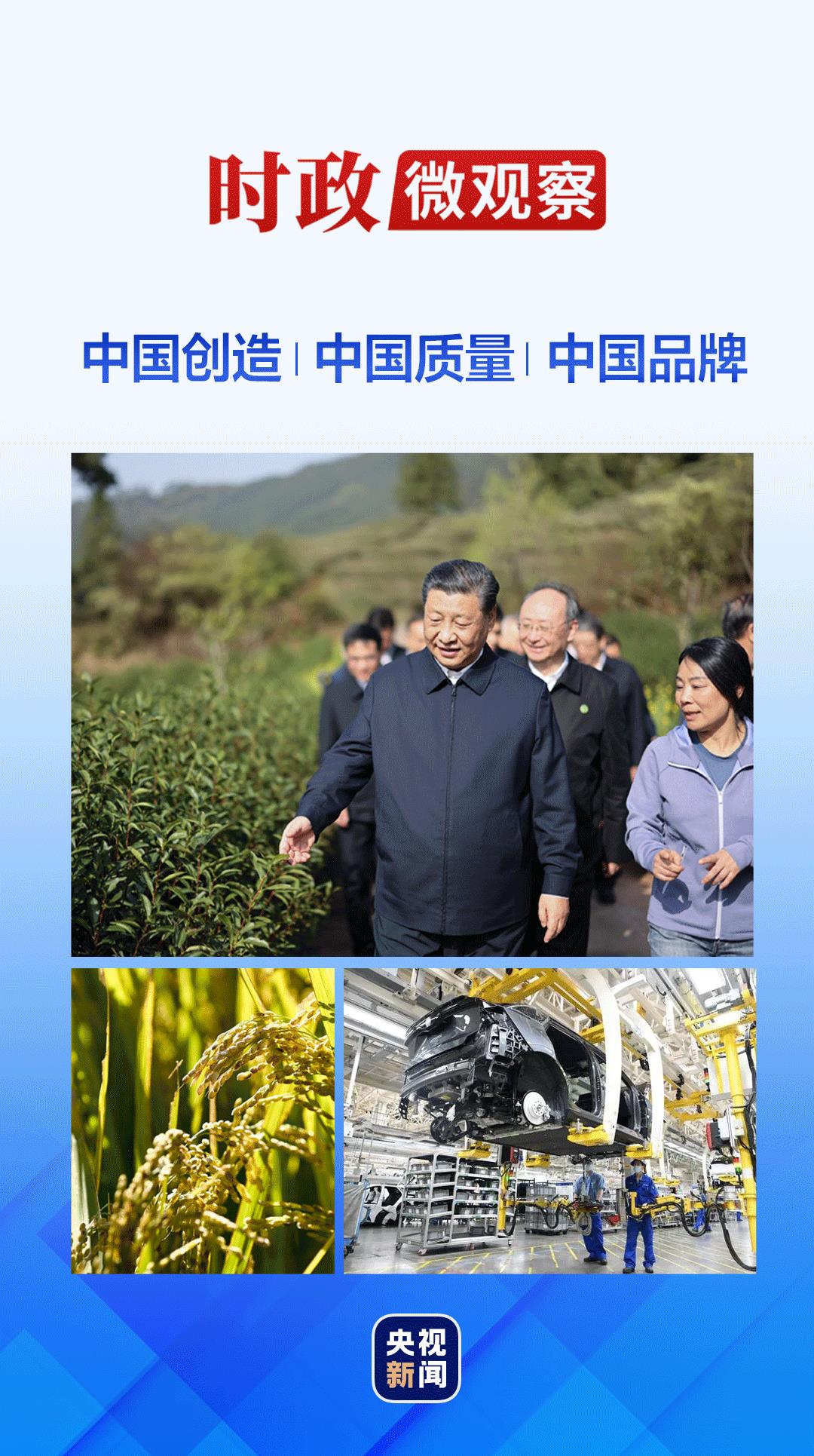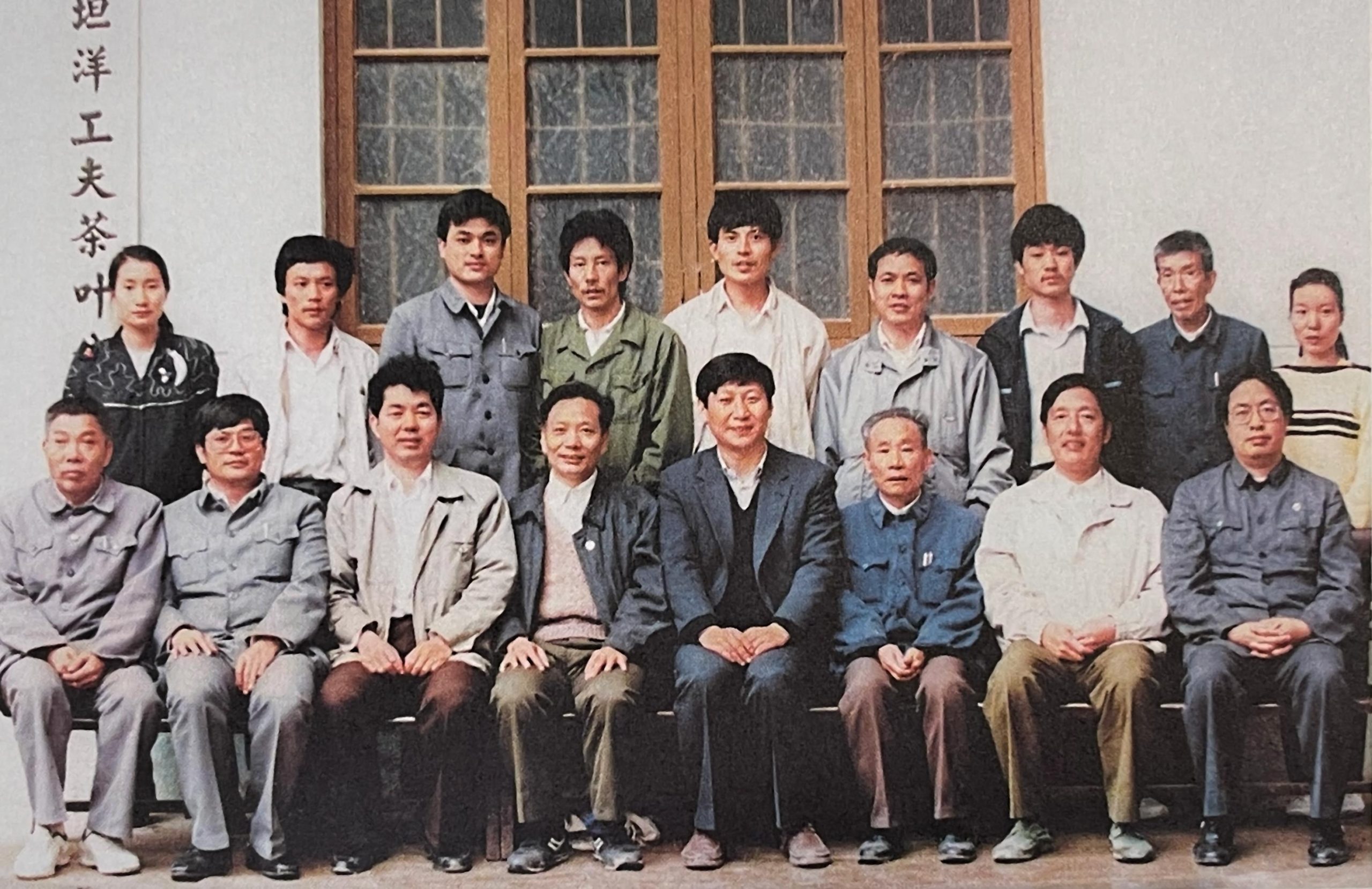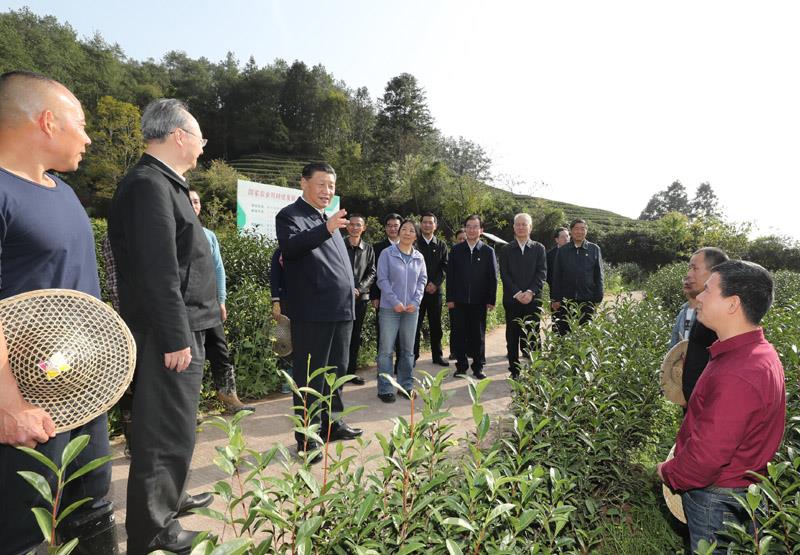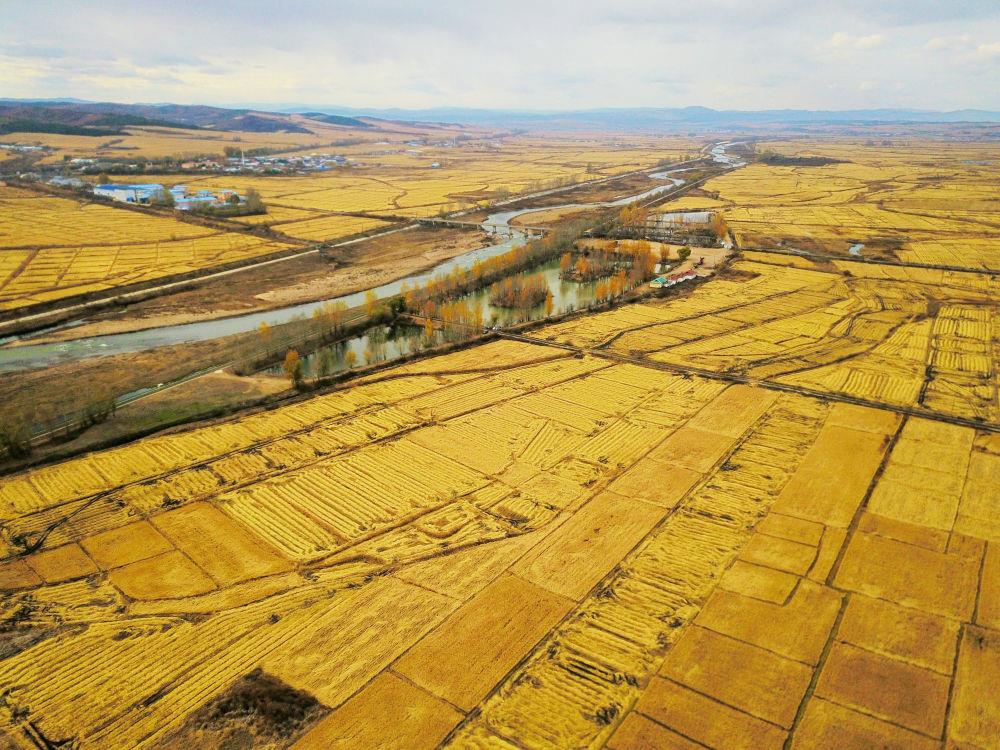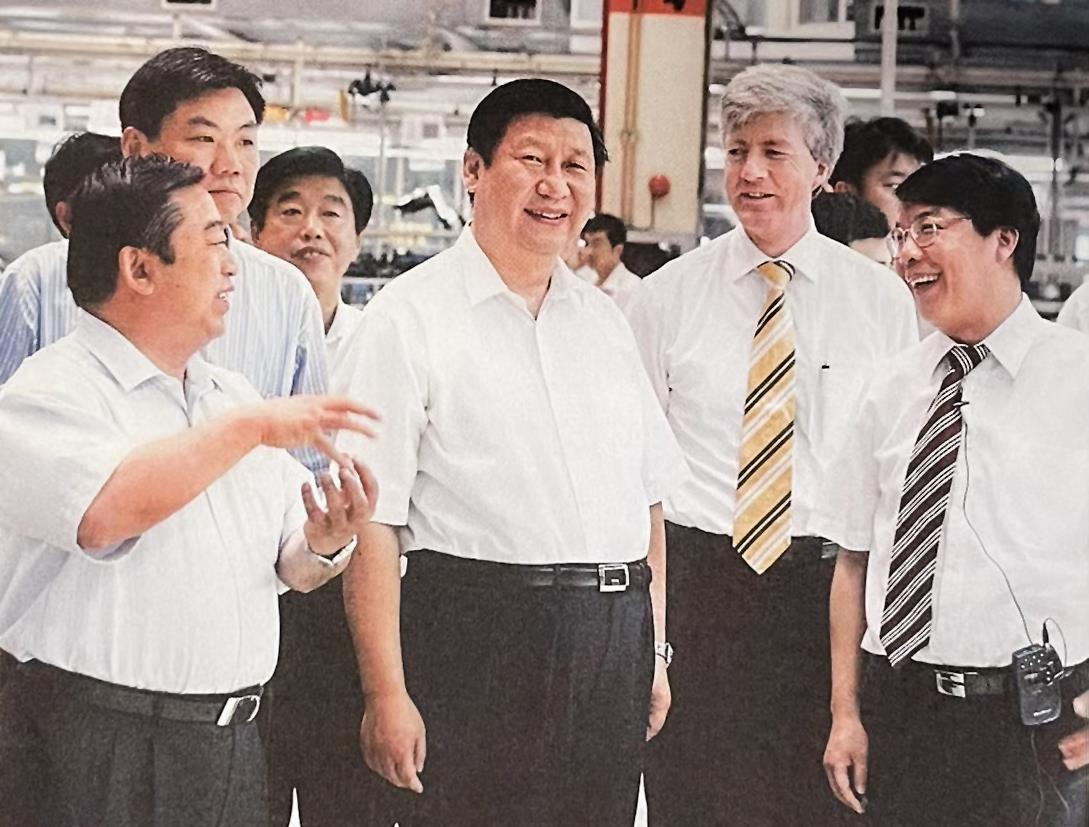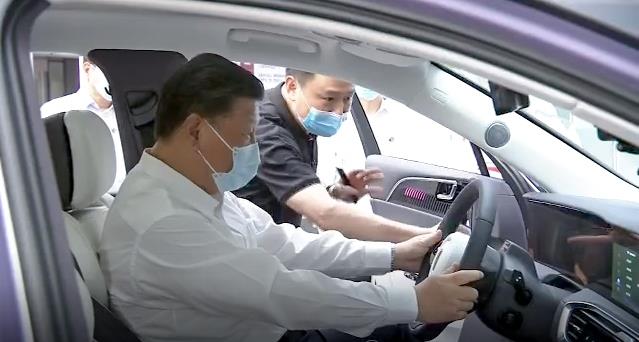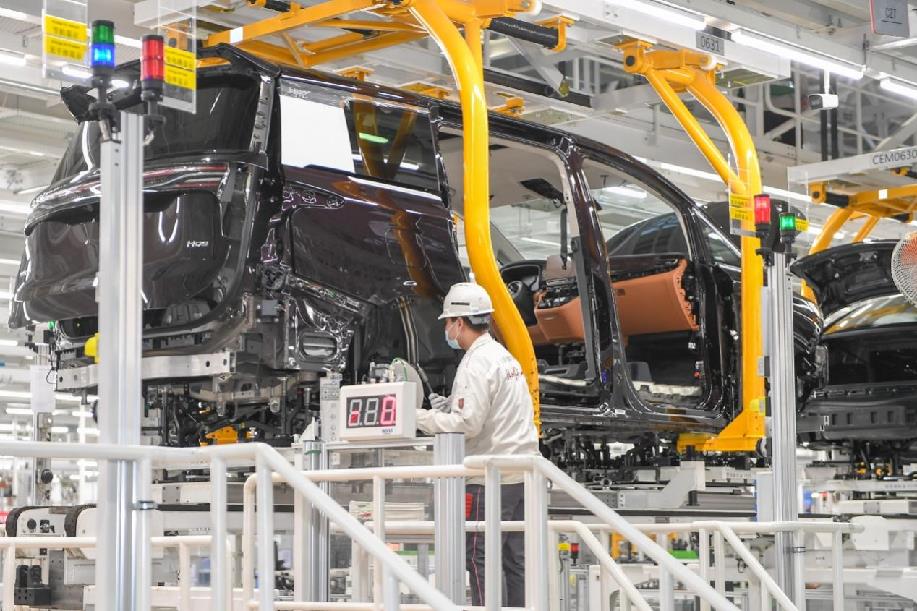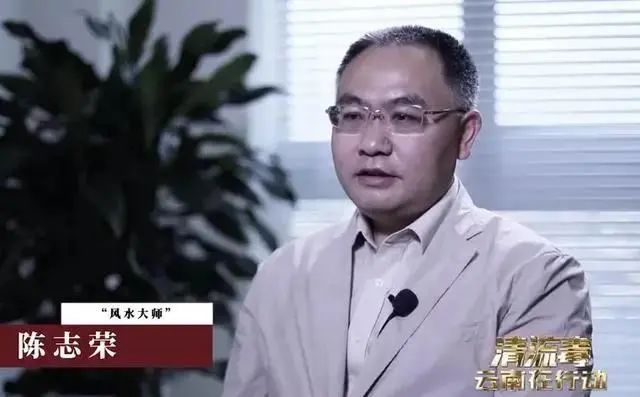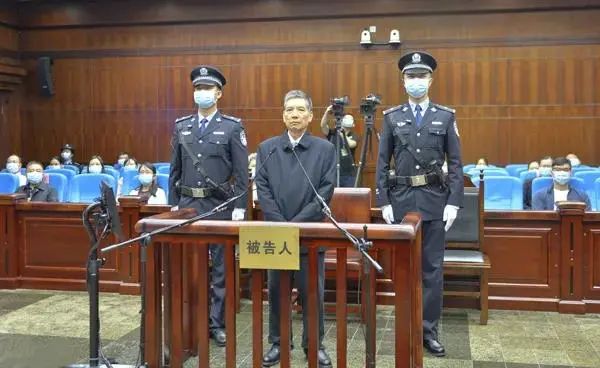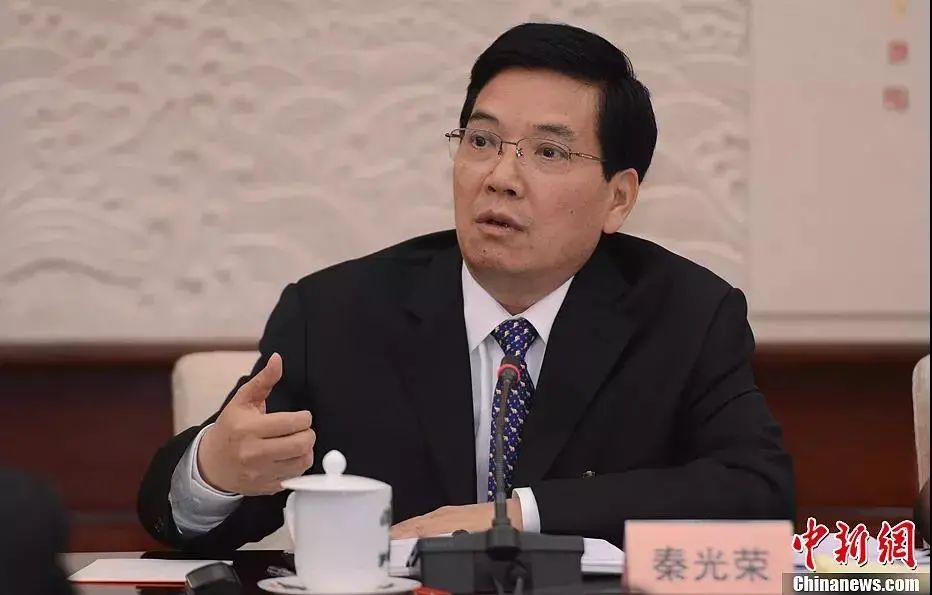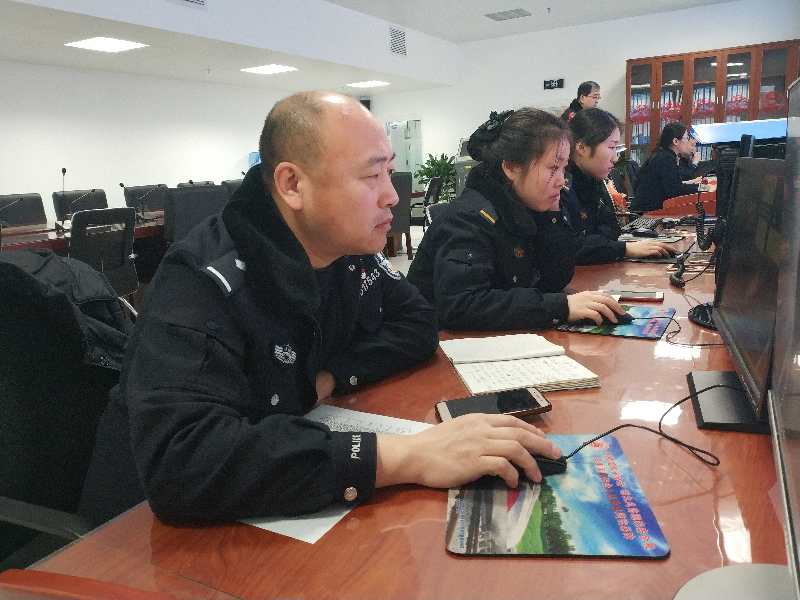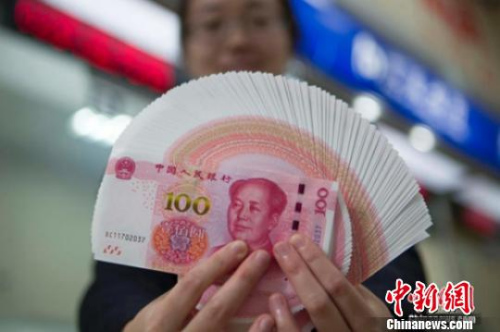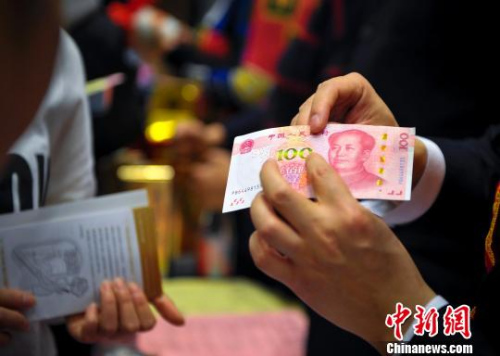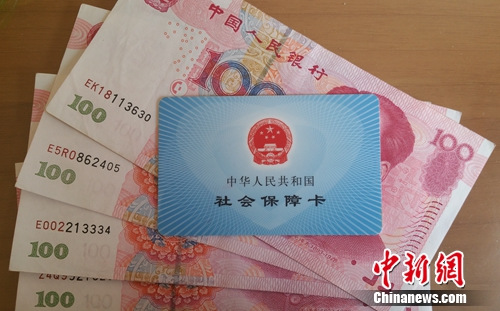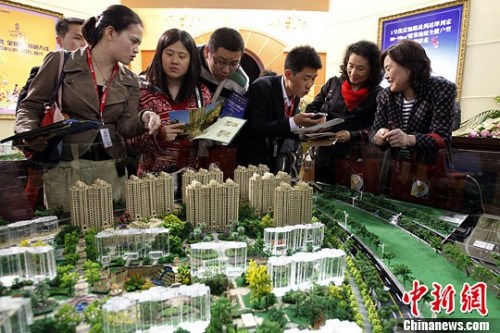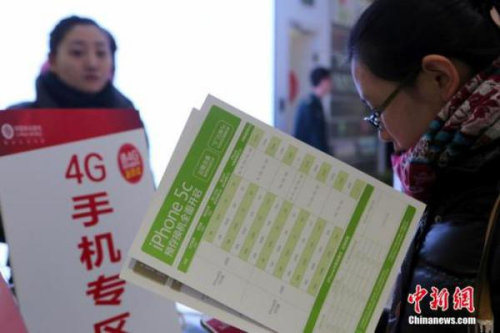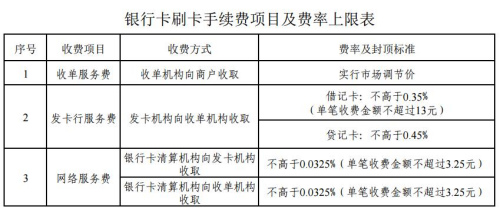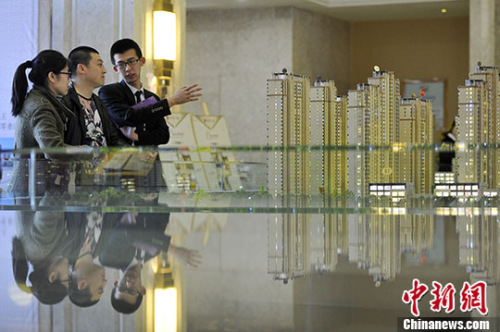Reading tips
China’s old-age insurance system is a system composed of three pillars: basic old-age insurance, enterprise annuity and occupational annuity, personal savings old-age insurance and commercial old-age insurance, which is undoubtedly conducive to coping with China’s aging population and promoting the sustainable development of the old-age insurance system. At present, it is urgent to promote the construction of the third pillar pension insurance because the first pillar basic pension insurance is "one big one" and the second pillar enterprise annuity develops slowly and its coverage is relatively small.
With the aggravation of population aging, how to enrich the "money bag" of providing for the aged has become a hot topic of concern.
This year’s government work report mentioned the third pillar pension insurance for the first time, and proposed to standardize its development. This plan sparked a heated discussion.
What is the third pillar of old-age insurance, which groups are suitable for it, and how many "chips" can it add to old-age care after joining? Let’s listen to professionals to calculate this pension account.
The third pillar is a short board in the endowment insurance system.
What is the third pillar endowment insurance?
China’s endowment insurance system is a "three-pillar" system. Zheng Bingwen, member of Chinese People’s Political Consultative Conference and director of the World Social Security Research Center of China Academy of Social Sciences, said that the first pillar is the basic old-age insurance, which is often referred to as the pension, the second pillar is the enterprise annuity and the occupational annuity, and the third pillar includes the personal savings pension insurance and the commercial pension insurance.
"The first pillar is pay-as-you-go, government-led and basic; The second pillar is the enterprise (occupational) annuity, which is dominated by the employer and can help the employer attract talents. The third pillar is individual-led, and some money is paid before tax when working, and then taxed when retiring. These three pillars jointly support old-age care. " Dong Keyong, a professor at the School of Public Administration of China Renmin University, explained to reporters.
From the experience of various countries, establishing a multi-level old-age insurance system is considered to be an important measure to deal with the aging population and promote the sustainable development of the old-age insurance system.
You Jun, deputy director of the Ministry of Human Resources and Social Security, said in an interview that among the three levels of the current old-age insurance system, as the first level of basic old-age insurance, the system is basically sound, and the employee old-age insurance plus urban and rural residents’ old-age insurance has covered nearly one billion people. As the second level, the enterprise annuity and occupational annuity systems have been initially established and gradually improved, covering more than 58 million people at present.
The first pillar of the basic old-age insurance covers a wide range of people, but "one branch is the only one", coupled with the current situation that the pension accounts for no more than 45% of the pre-retirement salary on average, which makes many professionals worry that with the deepening of aging, the income and expenditure pressure of the basic old-age insurance will increase day by day.
"The second pillar enterprise annuity has developed slowly and its coverage is relatively small. At this time, we must consider taking the third pillar as the entry point and accelerate the establishment of a multi-level old-age security system. " Sun Jie, member of Chinese People’s Political Consultative Conference and vice president of university of international business and economics Institute of Insurance, said.
It is urgent to promote the construction of the third pillar endowment insurance. "As the third level of personal pension system has not yet been introduced. Indeed, the third level is still a shortcoming in the entire pension insurance system. " You Jun is outspoken.
At the same time, more and more people choose flexible employment. There is no clear employer for this group, and the third pillar pension insurance led by individuals has high hopes on how to protect the pension rights of this group.
The market reflects the pilot policy that "it is not easy to say that I love you"
In fact, since May 2018, the third pillar pension insurance has been piloted in Shanghai, Fujian and Suzhou.
The pilot is clear, and personal tax deferred commercial endowment insurance is implemented. The insured who purchases tax-deferred old-age insurance products can pay the premium before tax, and then pay personal income tax when they receive the insurance money after retirement, and the maximum monthly tax deduction can be made for 1000 yuan.
In view of many employees’ concern about how much they can get when they buy tax-deferred old-age insurance, China Banking and Insurance Regulatory Commission has calculated an account: suppose the insured person starts to participate at the age of 30 and takes out insurance in 1000 yuan every month, and the guaranteed rate of return on products is 3.5%. When he retires at the age of 60, he will pay a premium of 360,000 yuan, with an account value of 618,000 yuan. Through actuarial calculation, you can get 2746 yuan a month.
By the end of April 2020, a total of 23 insurance companies had participated in the pilot project, and 19 companies had issued orders, achieving a cumulative premium income of 300 million yuan and a total of 47,600 participants.
The relevant person in charge of China Banking and Insurance Regulatory Commission said that the personal tax deferred commercial endowment insurance pilot is progressing smoothly, but the overall scale is not large, and the market generally reflects that the policy is not attractive enough.
One of the reasons why the pilot is not attractive enough is that the beneficiary groups are further narrowed when it comes to tax reform.
Zhou Yanfang, deputy to the National People’s Congress and deputy general manager of China Taibao Life Insurance Shanghai Branch, who participated in the research and formulation of the tax-deferred pension insurance policy, once revealed that the original tax calculation method was largely referenced when formulating the tax-deferred pension insurance policy.
Due to the adjustment of individual tax policy, the threshold is raised from 3,500 yuan to 5,000 yuan per month, which leads to the reduction of taxpayers and the coverage of tax-deferred pension insurance.
Not long ago, at the press conference held by the State Council Office, Luo Xi, the chairman of China People’s Insurance Group, talked about the remarkable characteristics of the third pillar pension insurance. First of all, he said that it is a way to provide personal pension for high-income groups.
At the same time, tax incentives are insufficient. According to Zhou Yanfang, according to the pilot method, the tax rate for workers who need to pay a tax when they retire is 7.5%, while according to the new personal income tax payment policy, workers who earn less than 8,000 yuan a month need to pay a tax rate of 3%.
Since the monthly income of most workers in China is less than 8,000 yuan, Zhou Yanfang believes that the tax preferential policy of tax extension pension insurance has a negative incentive effect. In addition, the tax extension ceiling in 1000 yuan is not attractive enough for high-income earners.
It is suggested that tax exemption should be appropriately increased to enhance its attractiveness.
"The tax revenue is not enough." Luo Xi suggested that the state should comprehensively consider various aspects and appropriately increase the intensity of tax exemption.
Zhou Yanfang agrees with this. She suggested raising the pre-tax deduction standard of tax-deferred pension insurance and raising the monthly deduction amount to 3,000 yuan. And establish a dynamic adjustment mechanism for tax incentives, reduce or exempt the tax rate at the collection stage, and improve the attractiveness of products and the coverage of preferential policies.
At present, there are some problems in tax-deferred pension insurance, such as inconvenient participation, complicated process and complicated calculation. Zheng Bingwen believes that a complete design scheme of the third pillar system should be put forward to accommodate all financial products, so that tax preferential policies can be implemented on account holders instead of products, so that account holders can "eat all qualified financial products" with one account, so as to improve the convenience and accessibility of the third pillar.
"I hope to speed up the pilot, expand the scope of the pilot, and push the face away." Sun Jie suggested that the preferential tax policy should be changed into financial subsidies, and low-and middle-income people should be paid through financial subsidies, so that more people can participate in commercial endowment insurance independently.
The reporter learned that in recent years, the Ministry of Human Resources and Social Security has systematically planned and designed the third-level institutional model under the framework of a multi-level endowment insurance system.
"After full research and demonstration, drawing lessons from international experience and summing up some domestic pilot experiences, a preliminary idea has been formed." You Jun introduced that the general consideration is to establish a personal pension system based on the account system, with voluntary participation of individuals, tax support from the state finance, and market-oriented investment and operation of funds.
According to reports, in the next step, the Ministry of Human Resources and Social Security will implement it as soon as possible to meet diversified needs and better protect the happy life of the elderly.


